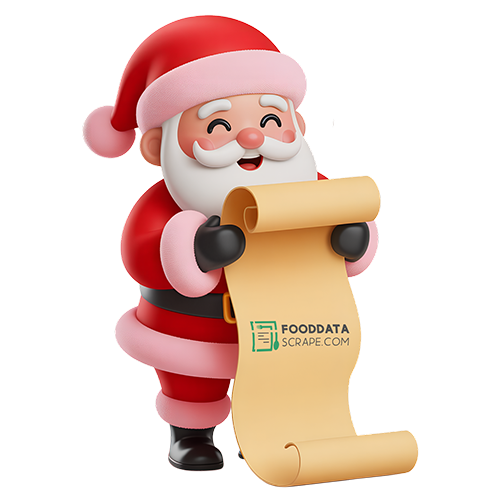Key Challenges
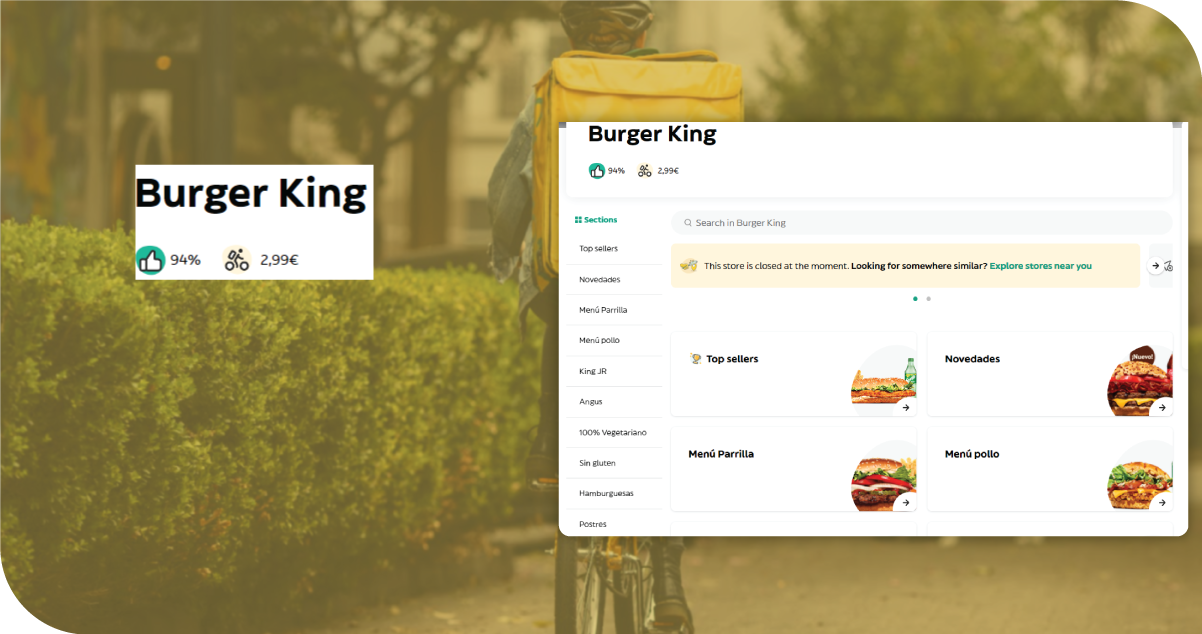
Anti-Scraping Measures: Glovo's robust anti-scraping measures required advanced techniques to circumvent, adding complexity to the data extraction process.
Dynamic Website Structure: The dynamic nature of Glovo's website posed challenges in maintaining a consistent scraping approach, necessitating frequent adjustments to adapt to changes.
Rate Limiting and IP Blocking: The implementation of rate limiting and IP blocking mechanisms by Glovo hindered the smooth retrieval of data, demanding careful management to avoid disruptions during the scraping process.
Data Volume and Format Complexity: Dealing with diverse data formats and sources on Glovo's platform presented challenges in parsing and organizing information, requiring robust strategies for effective data extraction.
Key Solutions
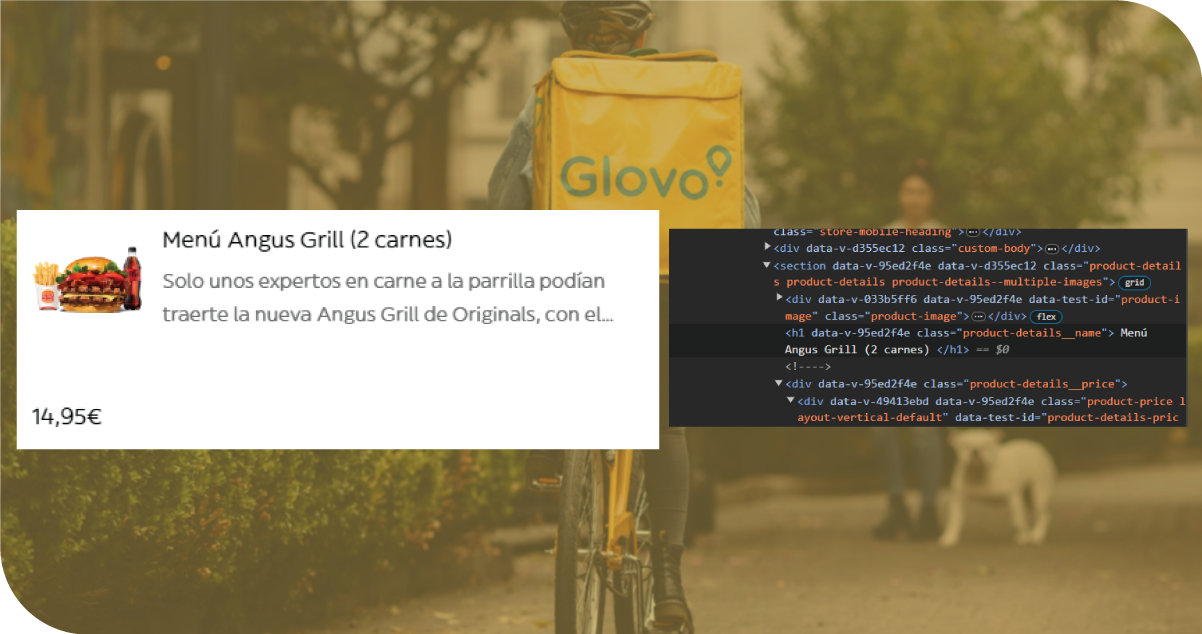
Advanced Scraping Techniques: To counter Glovo's anti-scraping measures, we employed advanced techniques and technologies, ensuring a more sophisticated and resilient approach to data extraction.
Dynamic Scraping Strategies: Adapting to the dynamic website structure of Glovo, we implemented flexible scraping strategies that could automatically adjust to changes, maintaining a reliable and consistent data extraction process.
Throttling and Proxy Rotation: To mitigate the impact of rate limiting and IP blocking, we implemented throttling mechanisms and regularly rotated proxies, ensuring a smoother and uninterrupted scraping workflow.
Custom Parsing Algorithms: We developed custom parsing algorithms tailored to Glovo's platform to address the complexity of data formats and sources. These algorithms efficiently organized and extracted relevant information, overcoming challenges associated with diverse data structures.
Scalable Infrastructure: Implementing a scalable and robust infrastructure allowed us to handle large volumes of data efficiently, ensuring that the scraping process remained effective and responsive to the evolving challenges presented by Glovo's platform.
Methodologies Used
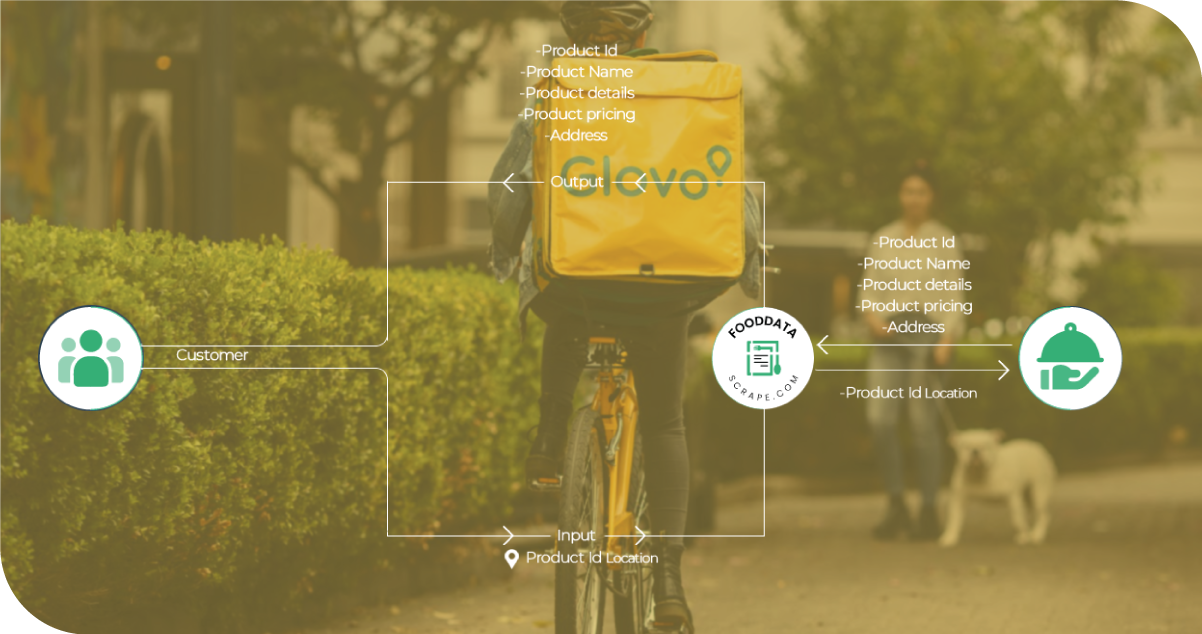
- Web Scraping Frameworks: Leveraging established web scraping frameworks, we employed tools such as Scrapy and BeautifulSoup to systematically navigate and extract data from Glovo's food delivery platform.
- API Integration: To scrape Glovo food delivery data to help, we integrated with Glovo's API (Application Programming Interface) to access data in a structured and efficient manner, ensuring real-time and reliable information retrieval.
- Headless Browsing: Implementing headless browser automation, we interacted with Glovo's website programmatically, mimicking user behavior without a graphical interface. It facilitated dynamic data extraction and navigation.
- Proxy Rotation: To circumvent IP blocking and enhance anonymity, we implemented a rotating proxy system, dynamically changing IP addresses during scraping sessions to avoid detection and restrictions.
- User Agent Rotation: Regularly rotating user agents helped simulate diverse devices and browsers, minimizing the risk of being flagged by Glovo's anti-scraping mechanisms and ensuring a more inconspicuous scraping process.
- Data Parsing and Cleaning Scripts: Employing custom scripts for parsing and cleaning data, we transformed the scraped information into a structured format, enhancing its usability and compatibility with our client's analytical tools.
- Scalable Cloud Infrastructure: Utilizing scalable cloud services like AWS or Google Cloud, we ensured optimal performance and resource allocation, efficiently handling varying data volumes and accommodating potential increases in scraping demands.
Advantages of Collecting Data Using Food Data Scrape
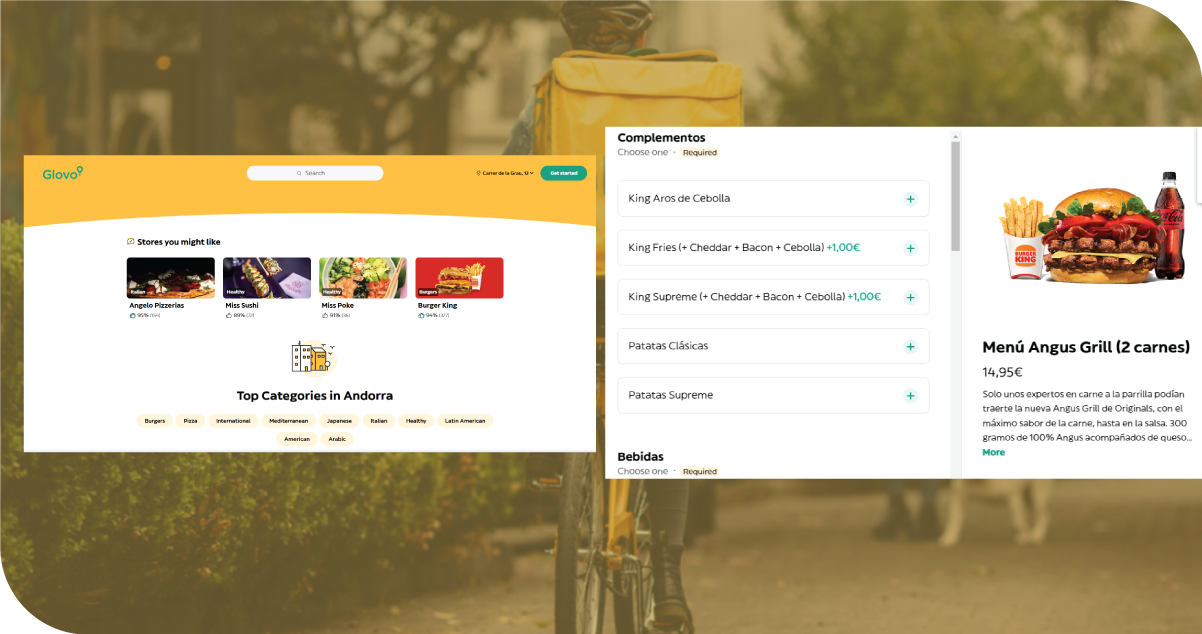
Holistic Menu Insights: Food Data Scrape empowers businesses with a comprehensive grasp of their and competitors' menu landscapes. Organizations gain a profound understanding of menus through meticulous extraction of details such as item specifics, pricing structures, and descriptions, enabling strategic analysis and optimization.
Precision in Pricing Data: The company guarantees the precise extraction of pricing data, encompassing regular prices, discounts, and special offers. This accuracy proves instrumental in shaping competitive pricing strategies, maximizing profitability, and ensuring an agile response to market fluctuations.
Real-Time Market Dynamics: The company keeps businesses abreast of real-time market trends by continually extracting data. This capability allows organizations to proactively identify evolving customer preferences, monitor fluctuations in menu popularity, and swiftly adapt to changes in the competitive landscape.
Efficient Competitor Analysis: It streamlines competitor analysis by sourcing detailed information from diverse food-related platforms. It includes comprehensive data on rivaling restaurants, menu compositions, and pricing tactics. This wealth of information aids businesses in pinpointing strategic gaps and capitalizing on market opportunities.
Informed Decision-Making: Businesses can make well-informed decisions by leveraging our food delivery data scraping services. Whether optimizing menus or adjusting pricing strategies, the availability of accurate, up-to-date information ensures decisions align with current market conditions and customer preferences, fostering strategic and effective decision-making.
Heightened Operational Efficiency: Automation of data collection contributes to improved operational efficiency. By minimizing manual efforts and reducing errors, businesses can focus on analyzing extracted information rather than expending excessive time on data retrieval.
Tailored Data Extraction: BY offering flexibility in data extraction parameters, the tool enables businesses to tailor scraping processes based on specific requirements. This customization ensures that the collected data precisely aligns with business goals, providing relevant insights for strategic planning.
Strategic Marketing Precision: Armed with detailed information on menu items and pricing, businesses can craft targeted and effective marketing campaigns. The company facilitates a deep understanding of promotional trends, identifying popular dishes, and creating marketing strategies that resonate effectively with the target audience.
Final Outcome: We successfully scraped food delivery data from Glovo and enhanced our client's market intelligence. Our adept data extraction processes allowed us to retrieve valuable insights into Glovo's offerings, pricing structures, and delivery trends. By providing our client with this comprehensive dataset, we empowered them to make informed business decisions, optimize their strategies, and gain a competitive edge in the dynamic food delivery landscape. This successful extraction from Glovo showcased our proficiency in data scraping. It underscored our commitment to delivering actionable information contributing to our clients' success in the ever-evolving food delivery industry.

